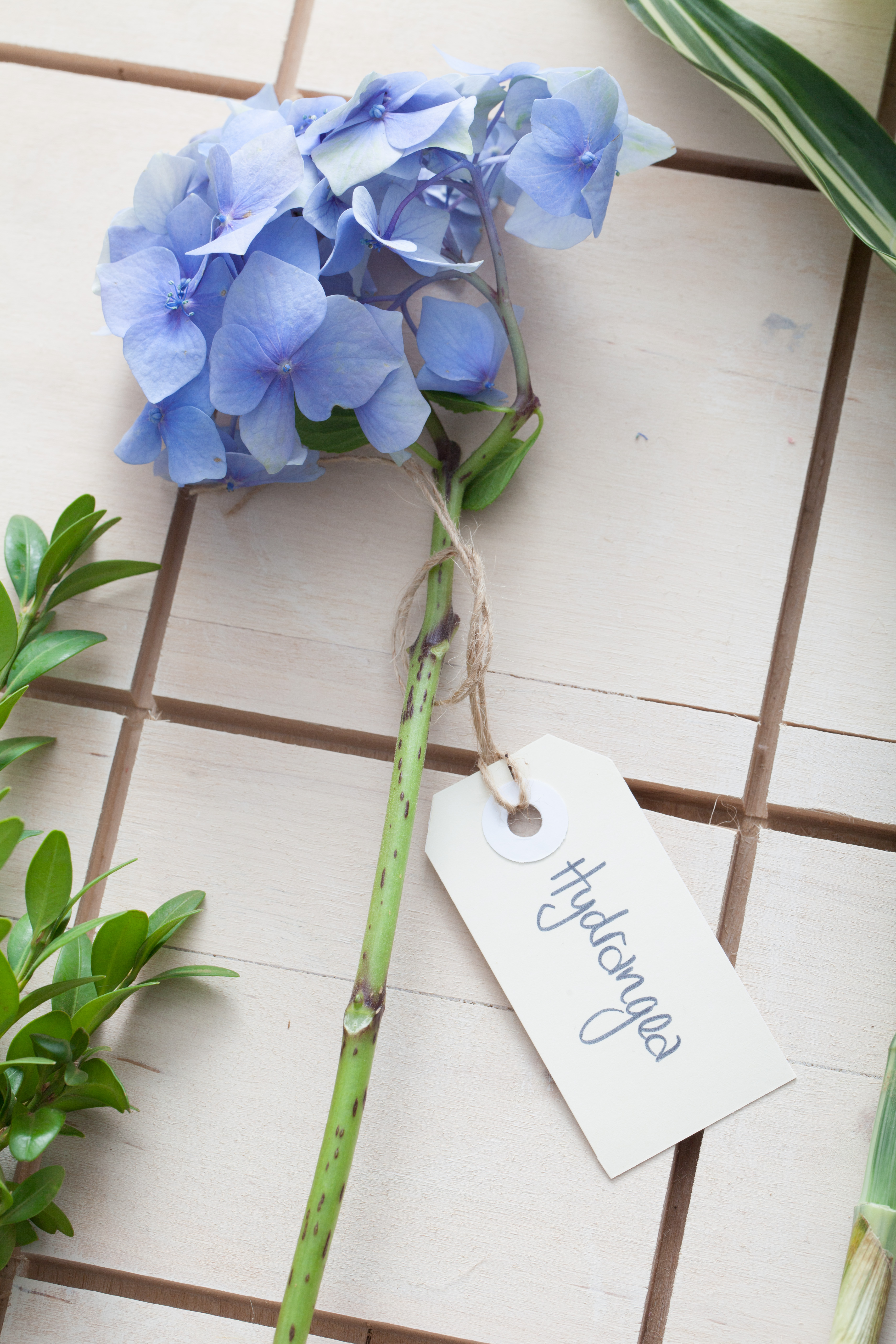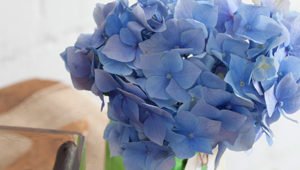Blog
Hydrangea – so hot right now!

One of the most popular flowers this Summer is definitely Hydrangea. Hydrangea gives me fond memories of my childhood with the beautiful cool blue tones I viewed from my bedroom window. Here are a few points on Hydrangea as a cut flower…
Common name.. Hydrangea Botanical name.. Hydrangea macrophylla, Hydrangea paniculata
How to tell it’s good quality..
Look for well opened flowers that are not wilting and that show no signs of browning
Products or arrangements it’s suitable for, stem length..
Stem length 30cm–70cm
Hydrangea is perfect for posies, bouquets and vase arrangements. They create an instant base and are perfect for when foliage is not wanted. They make great dried flowers. Put them in water just a few centimetres deep (and don’t top it up) and keep them away from the sun so they don’t fade.
Hydrangea leaves are great to use as foliage.
Potted plants are a great gift.
Conditioning, care and storage needs..
Cut about 2–4cm off the stem, and remove all the lower half of the leaves. Don’t do what your grandmother may have done and bash or smash the stems. Place the stems in cold water with alum or flower preservative and store them 6°C–8°C.
Colours it comes in..
Purples, pinks, blues, greens and whites
Lush green large leaves often used as foliage in arrangements
Country or state, climate and conditions where it grows naturally; and its natural season..
Natural season is spring to autumn in Victoria Australia.
Time/s of year when it’s available to us, where it comes from, lead time for ordering it..
Most commercially grown hydrangeas are grown outdoors in southern Australian states and Queensland. They’re available from late spring to autumn.
Here is a video on How to make a table flower arrangement using blue hydrangea
